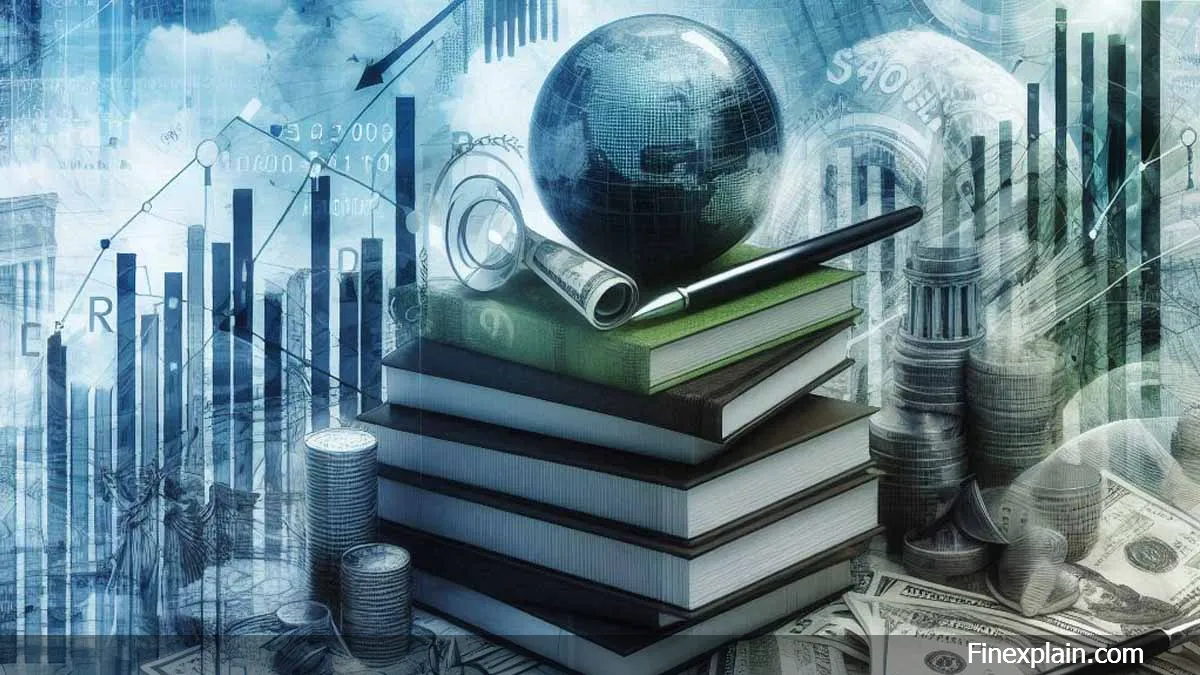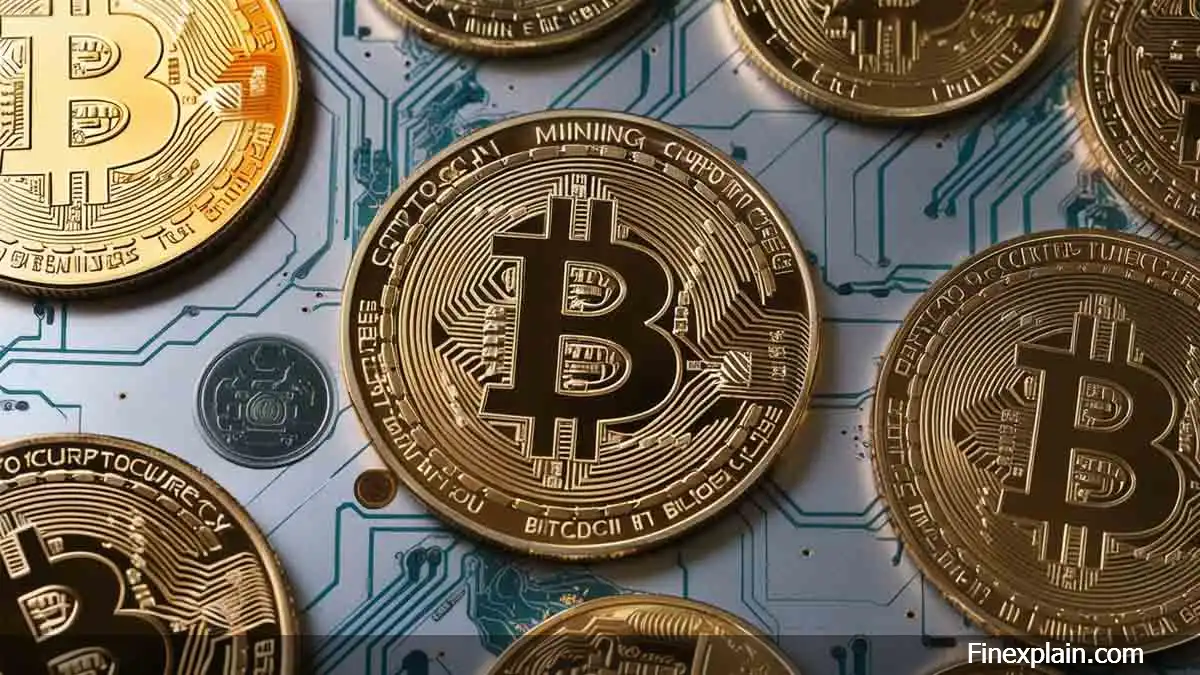Banks play a crucial role in the financial system by facilitating transactions, providing loans, and managing deposits. One of their most significant functions is money creation. But how exactly do banks create money? Let’s break it down step by step.
Fractional reserve banking
Modern banking operates on a system called fractional reserve banking. This means that banks are only required to keep a fraction of their deposits as reserves, while the rest can be loaned out. When a bank grants a loan, it doesn’t hand out existing money; instead, it creates new money in the form of a deposit in the borrower's account. This process effectively increases the total money supply in the economy.
The money multiplier effect
The money creation process doesn’t stop at a single loan. When the borrower spends the loan, the money is deposited into another bank, which then lends out a portion of that deposit. This cycle repeats multiple times, expanding the money supply far beyond the initial deposit. The extent of this expansion depends on the reserve requirement set by central banks. For example, if the reserve requirement is 10%, a $1,000 deposit could theoretically support up to $10,000 in new money through repeated lending.
The role of central banks
Central banks, such as the Federal Reserve (USA) or the European Central Bank, regulate the money supply by adjusting reserve requirements, setting interest rates, and conducting open market operations. When central banks lower reserve requirements or buy government securities, they inject liquidity into the system, allowing banks to create more money. Conversely, raising reserve requirements or selling securities restricts money creation.
Digital money and its impact
In today’s digital economy, money creation extends beyond physical cash. Most money exists as digital deposits in banks, and financial institutions create new money primarily through electronic transactions. With the rise of fintech and digital banking, the speed and efficiency of money creation have increased, raising both opportunities and concerns regarding financial stability.
Conclusion
Banks create money primarily through lending, utilizing a fractional reserve system that amplifies the total money supply. This mechanism is regulated by central banks to maintain economic stability. Understanding this process helps explain how finance works at a fundamental level and why banking policies significantly impact economic growth and inflation.
Share this article:





